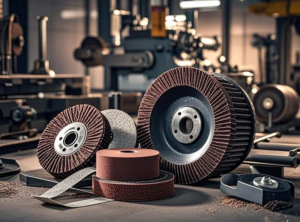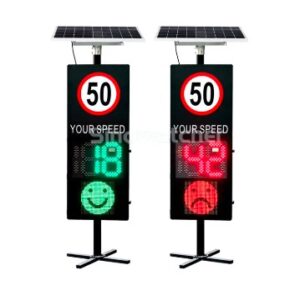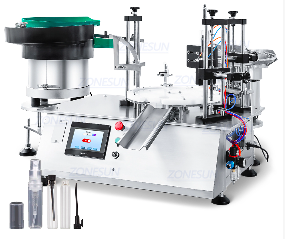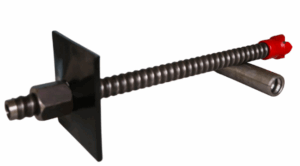Bonded abrasives are commonly used in grinding, cutting, polishing, and shaping materials like metals, ceramics, and plastics. These abrasives are made by bonding abrasive particles such as aluminum oxide, silicon carbide, or diamond with a binding material to create a solid, durable structure. Understanding the different types of bonded abrasives is essential for choosing the right tool for various industrial applications. This article will explore the types of bonded abrasives and key considerations for using them effectively.

Table of Contents
ToggleTypes of Bonded Abrasives
1. Grinding Wheels
Grinding wheels are one of the most common forms of bonded abrasives. They consist of abrasive particles (such as aluminum oxide or silicon carbide) bonded together in a wheel shape. Grinding wheels are primarily used for grinding metals and shaping surfaces in industrial applications. They come in different shapes, including flat, cylindrical, and cup wheels, depending on the type of grinding required.
The grit size, bond strength, and the type of abrasive material often determine the specifications of grinding wheels. Grit sizes typically range from coarse (24-60) for rough grinding to fine (120-220) for polishing and finishing. Bond types vary, with vitrified bonds offering high strength and resilience, while resinoid bonds provide greater flexibility.
2. Abrasive Belts
Abrasive belts are another popular form of bonded abrasive used in belt grinders, sanders, and polishing machines. They are made by attaching abrasive particles onto a flexible backing material, often cloth or paper. Abrasive belts are commonly used for surface grinding, finishing, and polishing tasks.
A key advantage of abrasive belts is their ability to cover large surface areas quickly. Belt sizes and grit types vary depending on the application, with fine-grit belts used for polishing and coarse-grit belts for aggressive material removal. Abrasive belts also come in different types of bonds, including resin and rubber, to suit specific applications.
3. Abrasive Discs
Abrasive discs are widely used in cutting, grinding, and polishing applications. These discs are similar to grinding wheels but are often thinner and come in a variety of sizes. They are designed for use with power tools like angle grinders, disc sanders, and polishing machines.
Bonded abrasives in abrasive discs include common materials like aluminum oxide, zirconia alumina, and diamond. The size of the disc and the grit used will determine its effectiveness in different tasks, such as cutting metal or polishing surfaces. Discs can be used for a wide range of operations, from deburring and surface preparation to finishing and polishing.
Key Considerations for Using Bonded Abrasives
1. Selection of the Right Bonded Abrasive
Choosing the right bonded abrasive for the job requires understanding the material being worked on and the type of operation to be performed. For example, diamond-based abrasives are ideal for hard materials like ceramics and glass, while aluminum oxide is more suitable for general metalworking. Grit size is another important factor, as it determines the coarseness of the abrasive and its efficiency in material removal. Finer grits are used for polishing and finishing, while coarser grits are used for rough grinding.
2. Safety Considerations
Using bonded abrasives requires safety precautions to avoid accidents. These abrasives operate at high speeds, and any malfunction could cause the material to break apart, leading to injury. It is essential to always wear personal protective equipment (PPE), including goggles, gloves, and ear protection. Additionally, ensure that the abrasive wheels or discs are correctly mounted and balanced to prevent vibration and potential breakage.
3. Proper Maintenance and Storage
Proper maintenance and storage are crucial to extending the life of bonded abrasives. Abrasives should be stored in a dry, cool environment away from excessive moisture, which can affect their bond strength. Additionally, inspect abrasives regularly for cracks, chips, or wear that could compromise their performance. Proper handling and timely replacement of worn-out abrasives help ensure safe and efficient operations.
Conclusion
Bonded abrasives play a significant role in various industrial and manufacturing processes, from grinding and cutting to polishing and finishing. The most common types include grinding wheels, abrasive belts, and abrasive discs, each suited for specific tasks based on material type, grit size, and bond strength. Understanding the types of abrasives and how to choose the right one for a particular job, along with following safety and maintenance practices, can lead to improved productivity, safety, and precision in operations.
0




